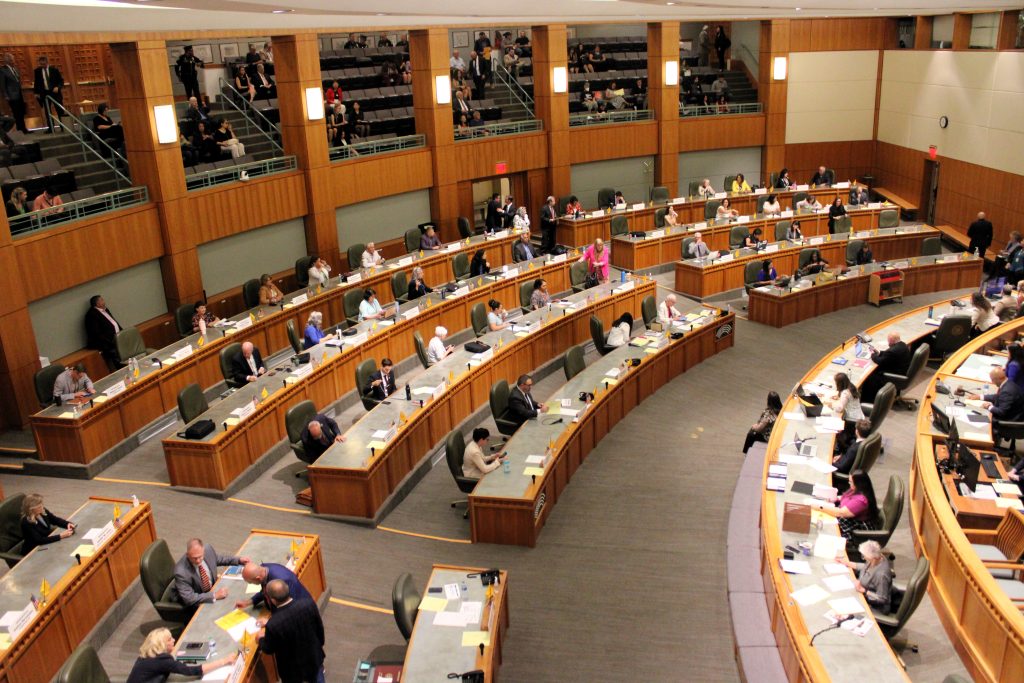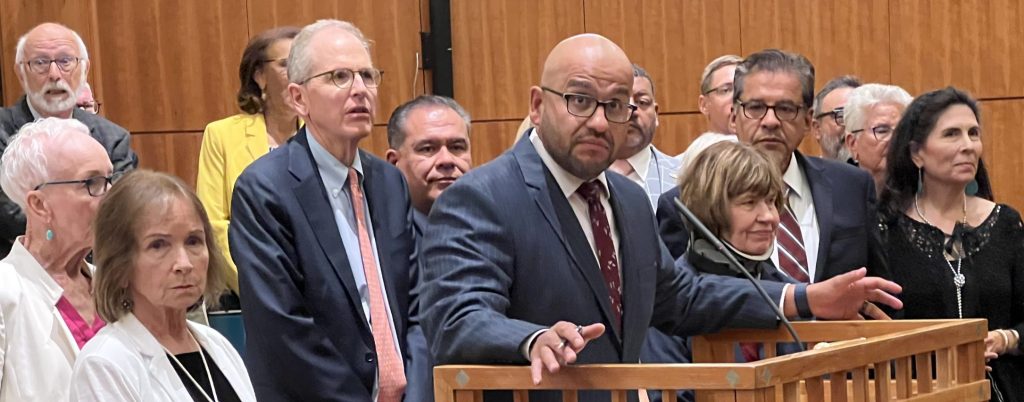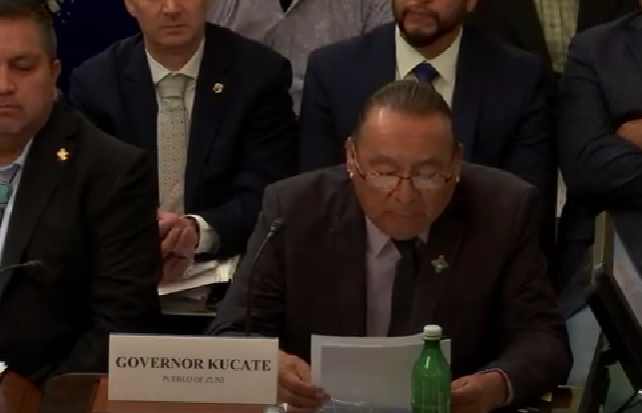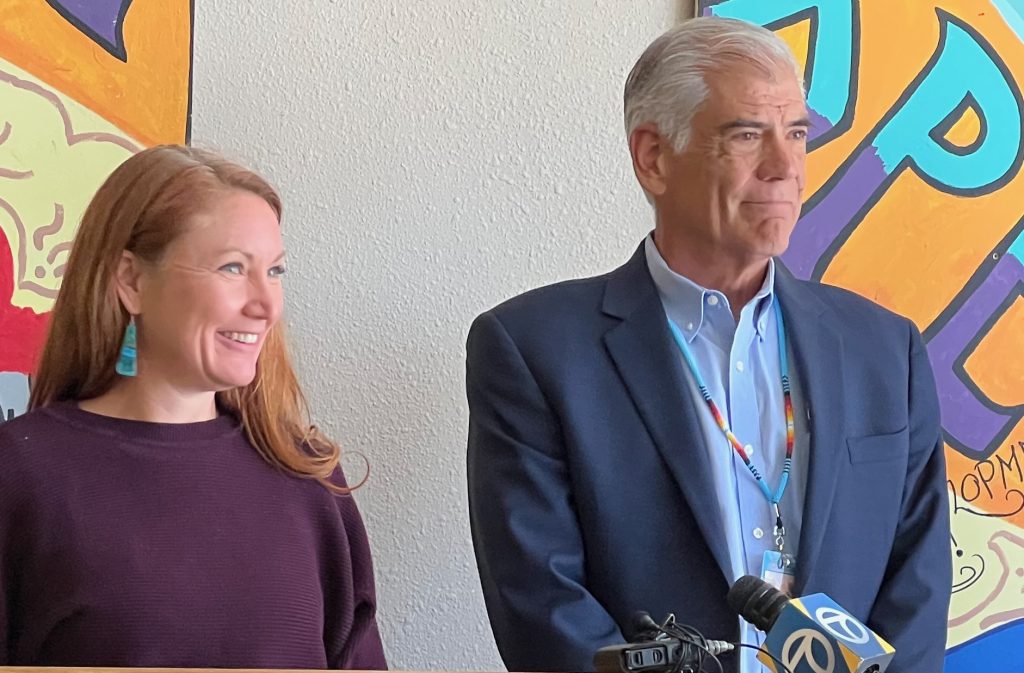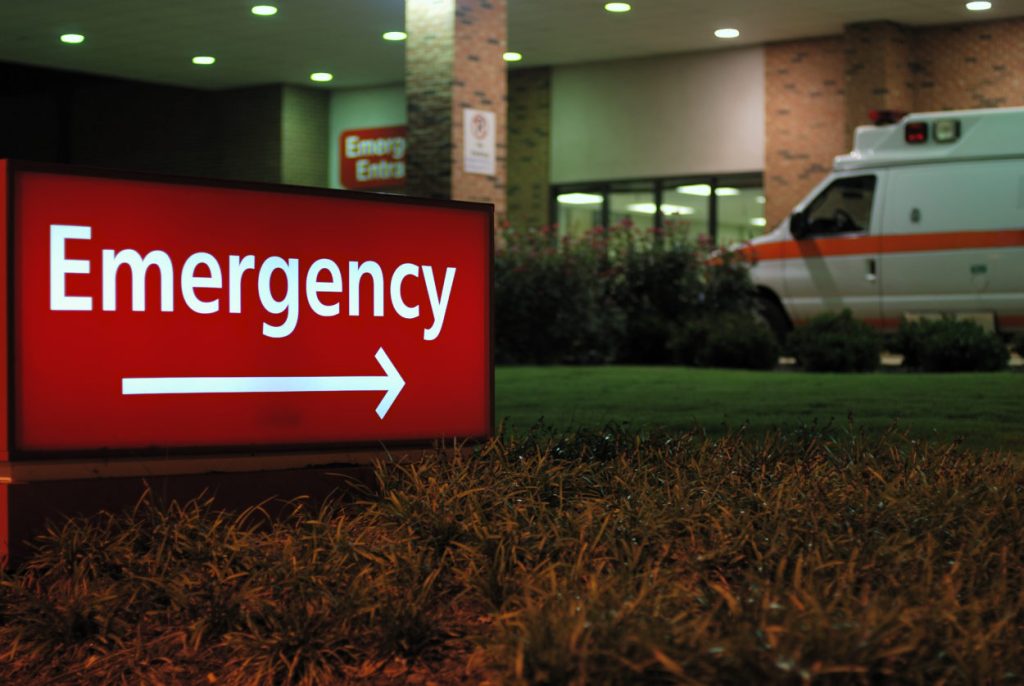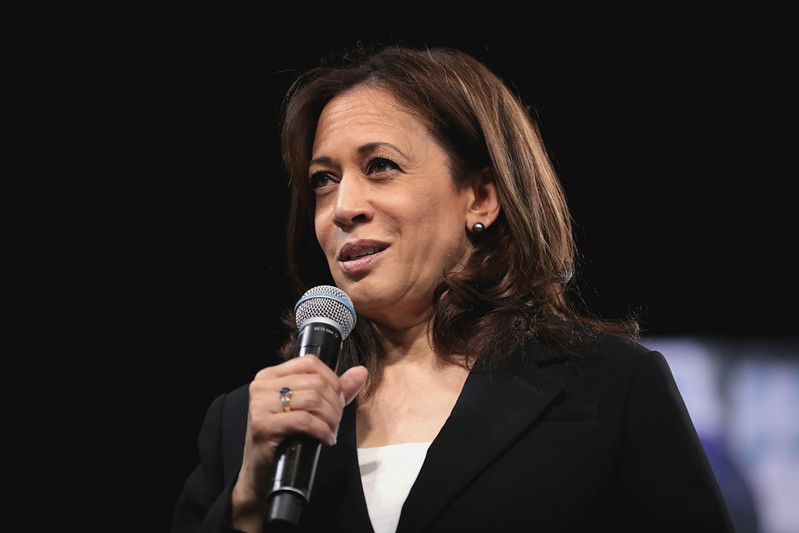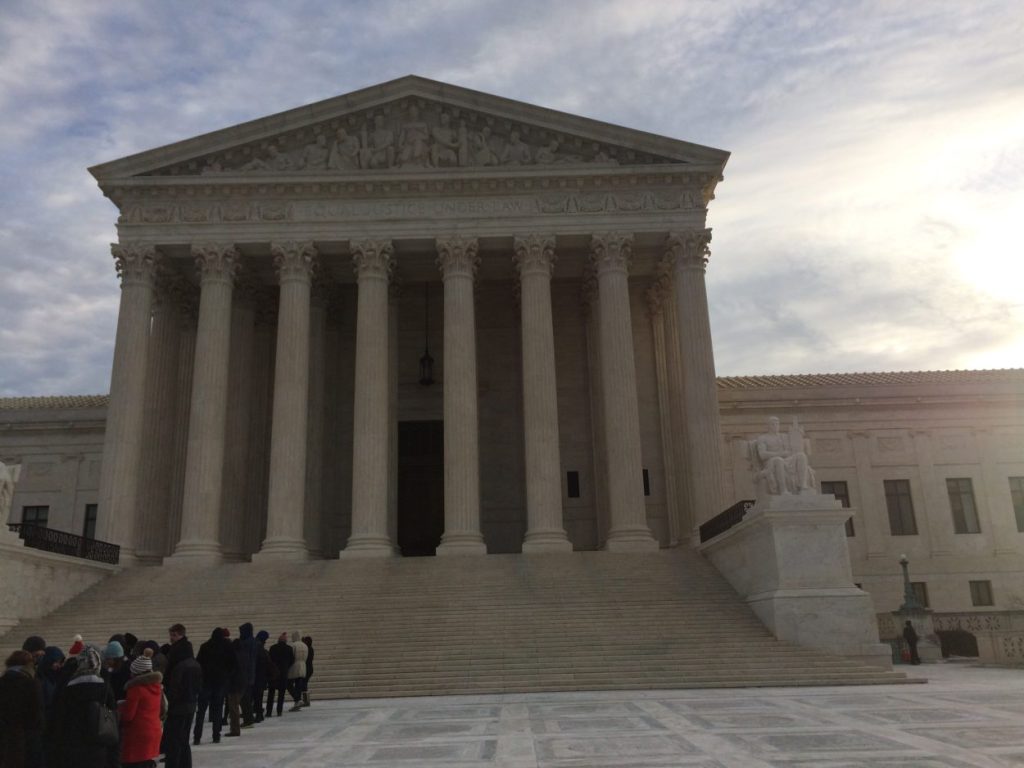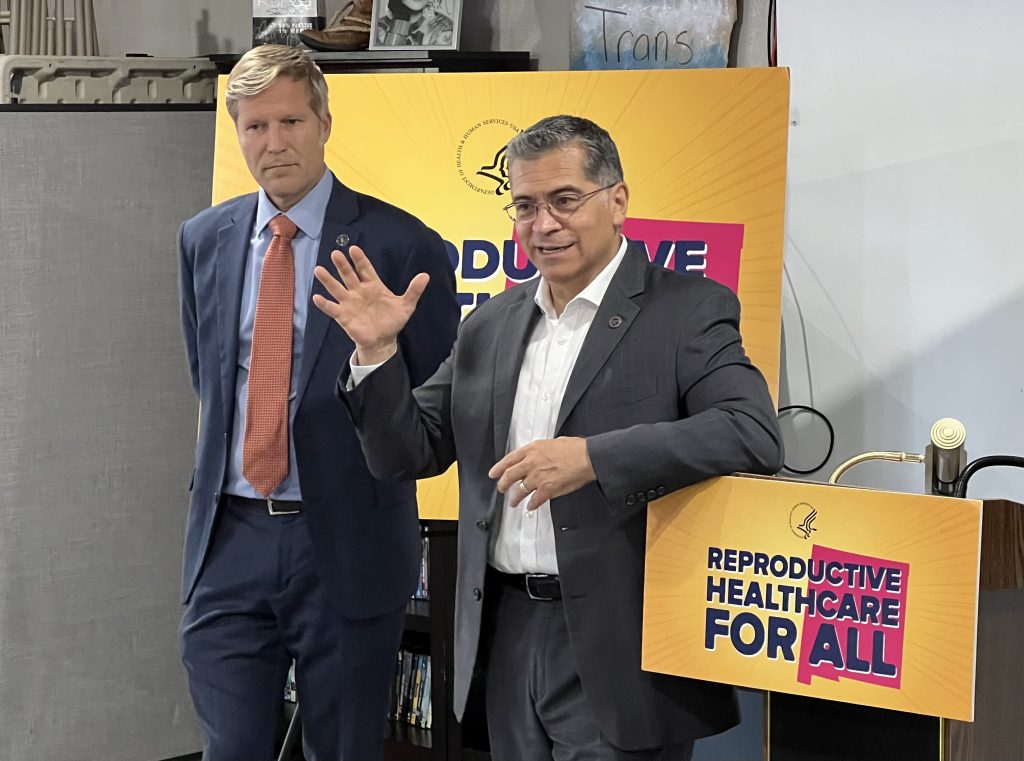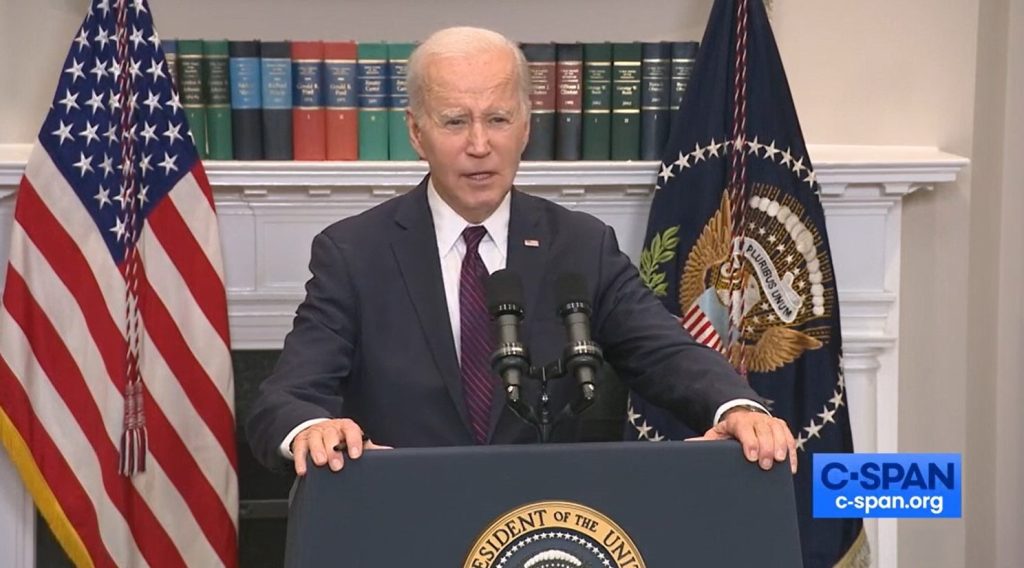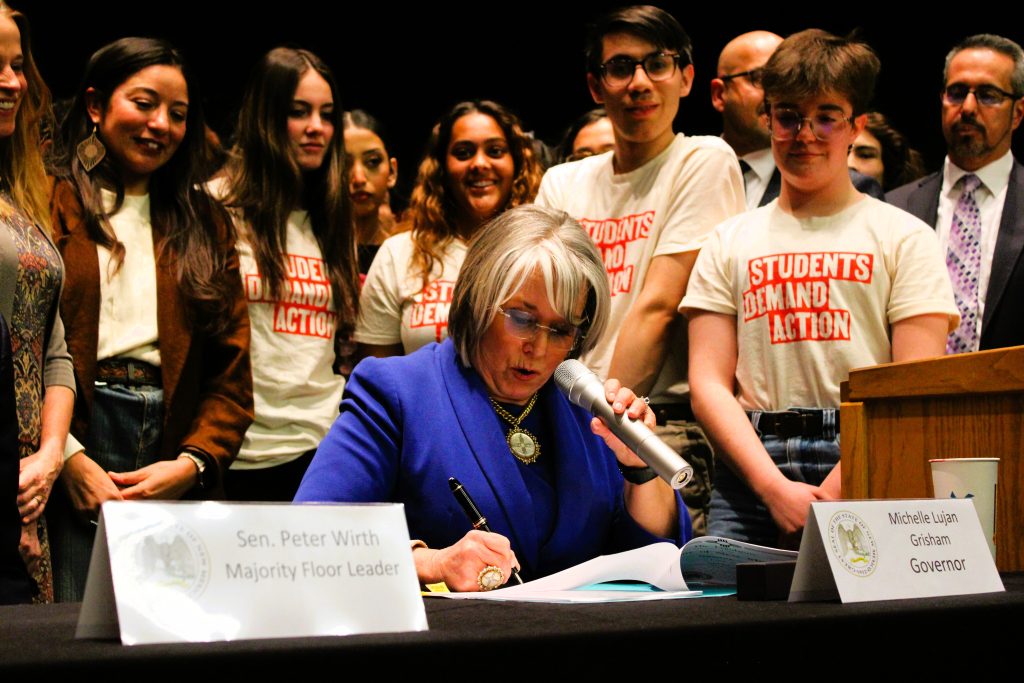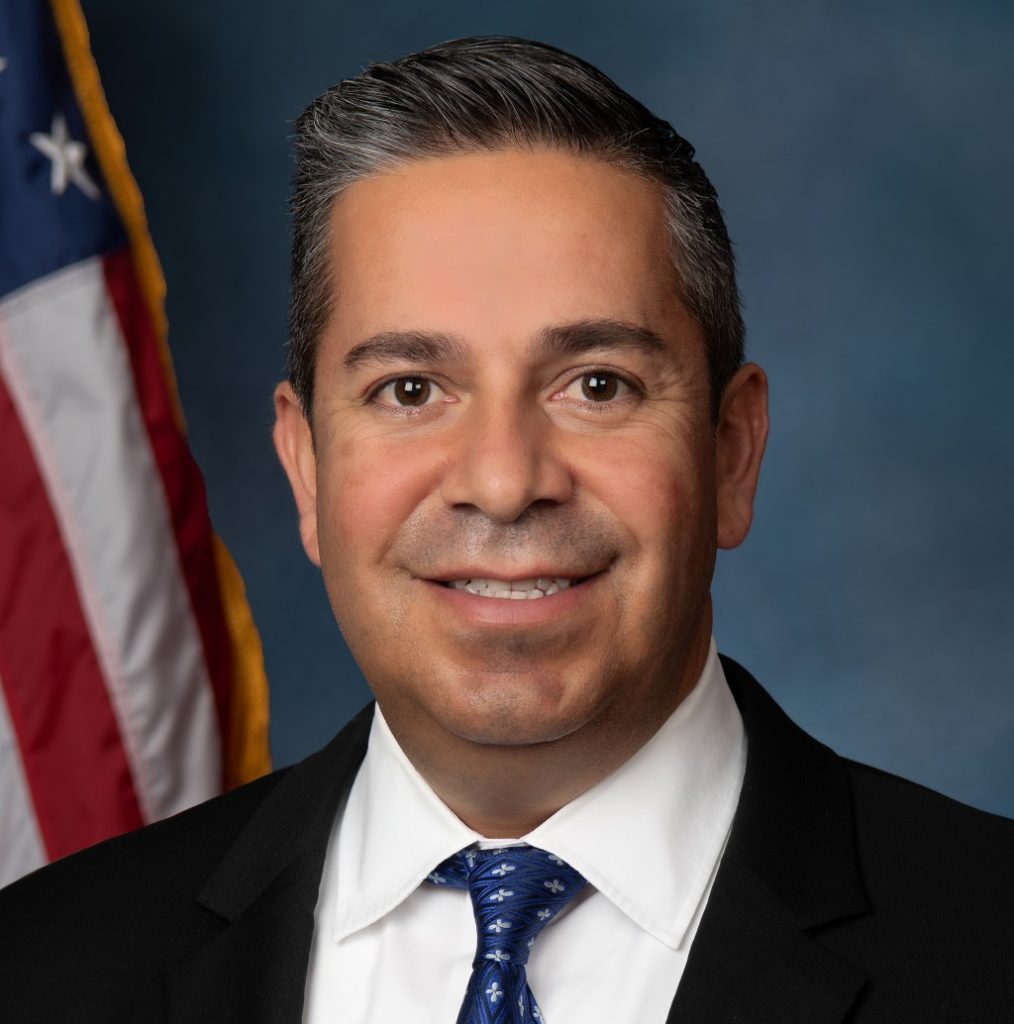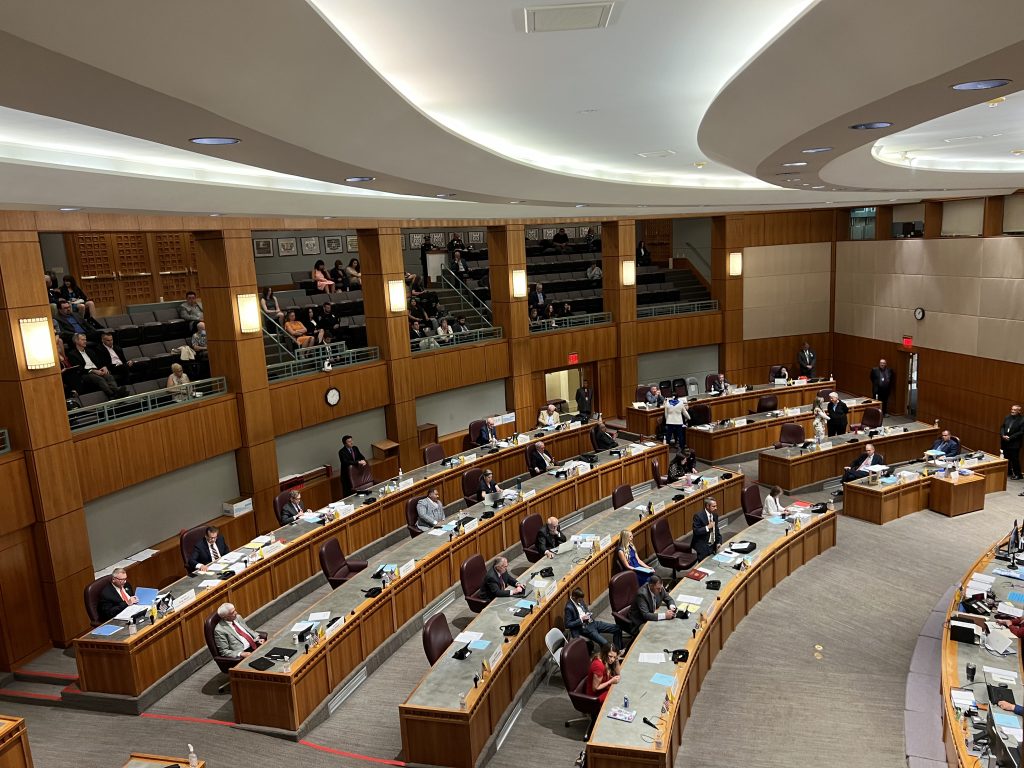The New Mexico Department of Health (DOH) has until August to decide how much medical cannabis producers are allowed to grow at any given time. Until recently, Licensed Non-Profit Producers (LNPP) could have up to 450 plants, but in March the state issued an emergency rule allowing producers to grow five times that amount—or up to 2,500 plants—after a drawn-out lawsuit.
Public records obtained by NM Political Report reveal some of the discussions between producers, patients and Gov. Michelle Lujan Grisham’s office during the days leading up to the emergency rule.
Many of those conversations were redacted due to executive and attorney-client privilege. But, the documents still shed light on the decision by DOH Secretary Kathyleen Kunkel to temporarily increase the plant counts. And they show that the department’s head may be seriously considering abandoning plant counts for facility size as a way to regulate how much medical cannabis is in circulation.
Plant counts vs. facility size
Almost three years ago, medical cannabis producer Top Organics Ultra Health sued the state, alleging a 450 plant count did not allow for an adequate supply of medical cannabis in the state. In November 2018, a state district judge ruled that DOH did not provide enough data to justify the plant count. Judge David Thomson gave the state until March 1 of this year to come up with a plant count that could be backed up with reliable data.
The documents reviewed by NM Political Report spanned from February 18, 2019 — when DOH asked a state district judge to stay the court order to eliminate plant counts — to March 1, 2019. That was the judge’s deadline for DOH to come up with a data-based plant count. On February 23, DOH’s director of the Medical Cannabis Program Kenny Vigil told Kunkel he had gathered information the secretary had requested.
“I know you asked for three states and their plant count limits and how they’re determined,” Vigil wrote in an email. “[The Medical Cannabis Program] had started working to compile info earlier this month. We have been unable to find plant count limits in other states. As I had mentioned in earlier conversations, most are determined by facility size.”
The fact that Vigil could not find another state that caps production using plant counts seemed to pique Kunkel’s interest.
“Interesting,” Kunkel responded. “So no other state has a plant count? Why did we take such a different path? What are the pros and cons of taking the facility size approach?”
DOH later told NM Political Report that Michigan uses plant counts.
A major voice in New Mexico’s medical cannabis community was also participating in the email exchanges, urging the department to switch to a square footage approach.
On February 26, just a few days before the plant count deadline, Vincent Galbiati, the executive director of the New Mexico Cannabis Chamber of Commerce, emailed Vigil to make the case for a “tiered” square footage scale to regulate how much cannabis producers grow.
“The problem with using the same plant count between growers is that it provides no means to meet patient demands based on their demographic,” Galbiati wrote.
For example, Galbiati said, producers crops are diverse, as growers may intentionally grow smaller plants with less yield to meet patient demand for certain strains.
Hours after receiving the suggestion from the Cannabis Chamber of Commerce, Kunkel forwarded that information to members of Lujan Grisham’s office.
“Just FYI, most states use an approach similar to the one below,” Kunkel wrote. “This would be a significant shift for NM but ultimately [a] better approach than plant count.”
DOH did not make Kunkel available for an interview, but a department spokesman told NM Political Report that the secretary is still considering using square footage to determine production limits along with other possible methods.
“She acknowledges [square footage] is one of many options, but she is open-minded as we are still gathering data on all options for production,” DOH spokesman David Morgan said in an email.
Morgan said Kunkel has also met with producers and the department hired New Mexico polling firm, Research and Polling to survey both patients and producers as a way to better understand market needs or shortages.
“No decisions have been made at this time, but DOH is working on it,” Morgan said.
But the emails NM Political Report obtained show that Kunkel will need to decide while evaluating various recommendations and opinions, some of which are contradictory.
How much is enough?
There’s little doubt there was pressure for DOH to come up with a plant count based on reliable data before the court-ordered March 1 deadline. The deadline came from the final judgement in the 2016 lawsuit filed by Ultra Health and the mother of an adolescent cannabis patient. The judge handed down the judgement on Nov. 1.
By mid-February, the governor’s office began receiving inquiries about what DOH was going to do about the then-looming plant count deadline, according to an email to DOH from a governor’s office staffer.
Throughout this time, Kunkel relied on information from her staff, including carryovers from the Susana Martinez administration. Key DOH employees, according to emails NM Political Report obtained, believed that, despite claims from Ultra Health, there was no shortage of cannabis. In an email, Vigil told Kunkel some producers may not be able to stock their own shelves, but, overall, there was enough cannabis to go around.
“I met with two producers last week. Each of them indicated there is not a shortage,” Vigil told Kunkel. “I would say that there are likely a couple producers out there that do not have enough product to meet their own demand, but there is not an overall shortage. Those producers can purchase wholesale. However, if enrollment continues to increase, we will have to keep an eye on this.”
DOH’s in-house attorney Chris Woodward added that as the weather gets warmer, producers would be able to grow outdoors, which would increase the producers’ yield. Woodword further dismissed “complaints” from Ultra Health as conveniently timed and somewhat unfounded.
“Ultra Health has rapidly expanded the number of dispensaries (to 12 or more, I believe), thanks in part to a case from the Bernalillo court that said that DOH couldn’t limit them,” Woodward wrote. “UH couldn’t stock their old locations, so they definitely can’t stock the number that they have now.”
“How do we know if patients are experiencing problems with accessing cannabis?” Kunkel replied.
Woodward said a decrease in calls from patients and producers would indicate there is enough cannabis in the state.
“We would know 1) if producers indicated that they didn’t have available stocks, and 2) if patients were calling the program,” Woodward wrote.” “The last time that DOH increased the plant count for producers, patients were calling MCP routinely to complain about there not being enough product in stock. I don’t believe that is occurring now.”
Vigil backed up Woodward’s claims, adding that producers can, and do, buy wholesale from each other.
“Occasionally, the program receives calls from patients that they cannot find *certain* [Vigil’s emphasis] products or products they want. We explain to the patients that they can go to any dispensary, and talk to the producers about they [sic] products they want. We have also explained this to the Advisory Board,” Vigil wrote. “I’ve taken one call in the last six months or so. There are not routine calls about product shortages. There may have been comments at the Sept. advisory board meeting about not finding the products they want.”
At least one provider agreed with the DOH staff.
Willie Ford, managing director of Reynold Greenleaf, a medical cannabis management company, submitted information he compiled that showed the current plant count was sufficient.
He also submitted a formula that he said would account for further expansions to the program or patient increases. Ford’s suggested number—1,500—was 1,000 less than what DOH ultimately settled on as a temporary fix.
As many conversations between the governor’s lawyers and DOH were redacted, it’s difficult to determine how the department decided on 2,500 plants as the limit, but it could have been a compromise with the organization that sued the department in 2016.
Finding middle ground
Nowhere in the emails NM Political Report received from Lujan Grisham’s office is a 2,500 plant count limit mentioned. But Ultra Health’s lawyer Brian Egolf, who is also the state Legislature’s Speaker of the House, suggested the numbers 2,700 and 5,000.
In his email to Woodward, Egolf said after reviewing a study commissioned by Ultra Health and conducted by economist Dr. Kelly O’Donnell, Egolf’s client (Ultra Health) believed plant counts would need to increase by more than 1,000 percent in order to keep up with the program’s expansion.
Ultra Health’s reasoning, Egolf explained, was that O’Donnell’s study accounted for 26,000 medical cannabis patients in New Mexico with an estimated 2,700 plants per producer to keep up with demand. Further, Egolf reasoned, DOH would need to increase plant counts to 5,000 to keep up with the projected demand of the now nearly 70,000 patients.
Egolf urged Kunkel to consider the offer of 5,000 plants per producer, adding that Ultra Health ultimately thinks the current system as a whole needs to be revisited.
“While we believe litigation against an ‘emergency rule’ would be successful, Ultra Health does not wish to perpetuate any antagonism with the Department and its new leadership,” Egolf wrote. “Additionally, Ultra Health is not agreeing that a per-producer plant limit is appropriate for the program once a new rule is adopted and further believe that per-patient numbers could likely be a better solution.”
About an hour after Egolf sent that email to DOH, Jane Wishner, the governor’s health and human services advisor, sent an email to high ranking staffers in the governor’s office asking the governor to consider some amendments to a sweeping medical cannabis bill, possibly as a way to address plant counts:
FYI, [Kunkel] believes strongly that a 5,000 plant count limit (from the current 450) is more than what is needed, could create significant issues re: competition and could lead to diversion to the black market,” Wishner wrote. “We had many concerns with that bill. A substitute will be introduced by Jerry Ortiz y Pino tomorrow in [the Senate Public Affairs Committee]. We want to know whether the governor would agree to our requesting an amendment to the bill that would do the following:
–Create a 1,000 (possibly somewhat higher) minimum plant count limit for licensed producers immediately
–Require DOH to conduct an assessment at least annually, including holding a public hearing, to address the adequacy of the supply and to update the plant count by July 1st of each year, beginning in 2019, as needed.
Ultimately, Kunkel approved the temporary plant count of 2,500 and has until Aug. 28 to come up with a more permanent solution.
Even with the upcoming changes to the state’s medical cannabis law, production limits are not written in statute. Instead, the law states there should be “adequate supply” for patients and leaves it up to DOH to come up with rules on what adequate means.
Correction: A previous version of this story incorrectly identified the date of Judge Thomson’s court order. Thomson issued his order on November 1, 2018.


